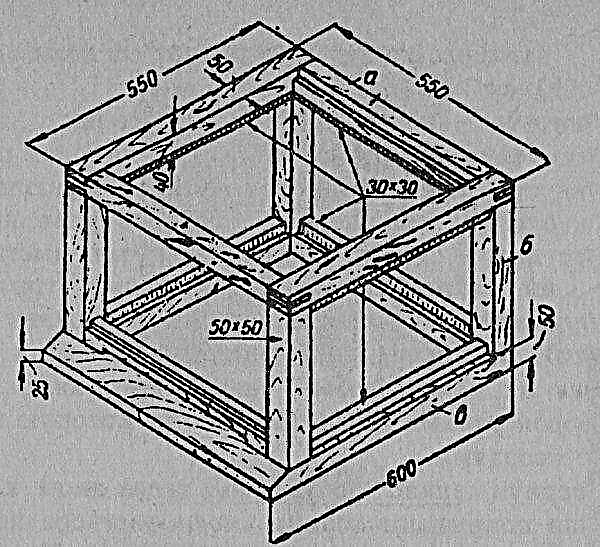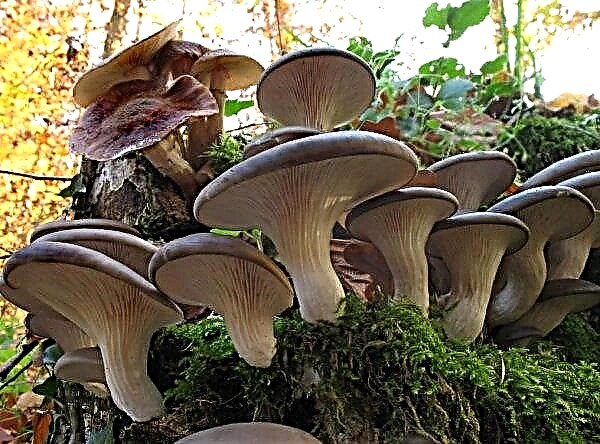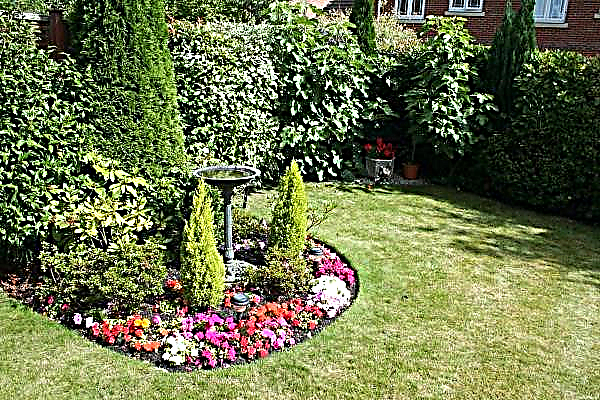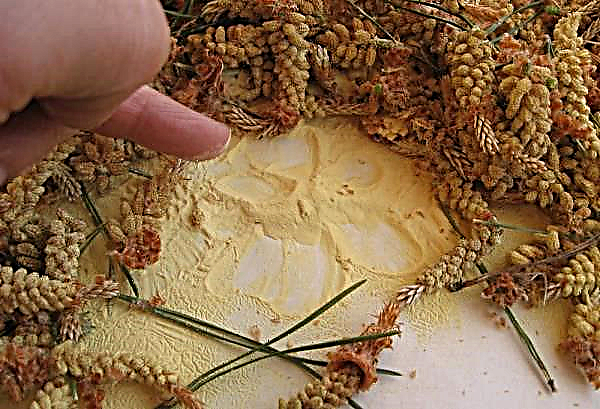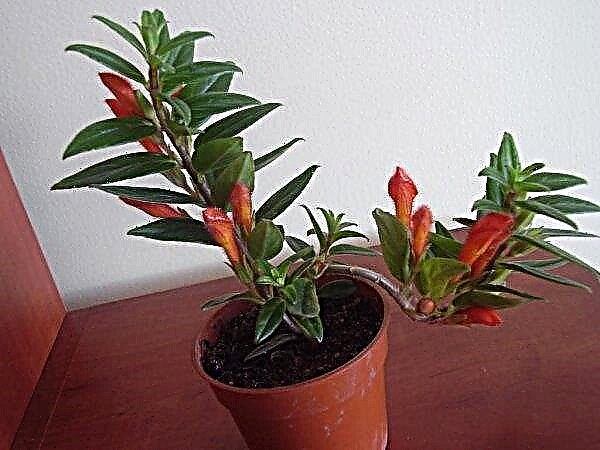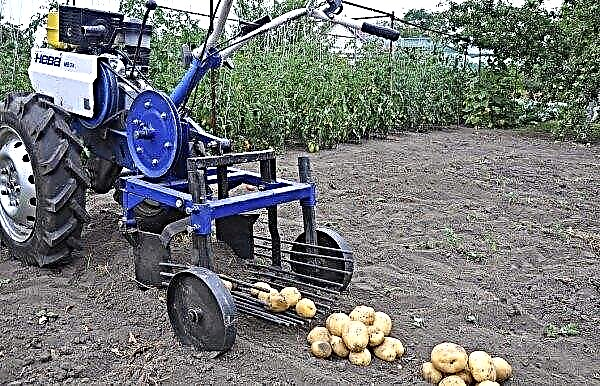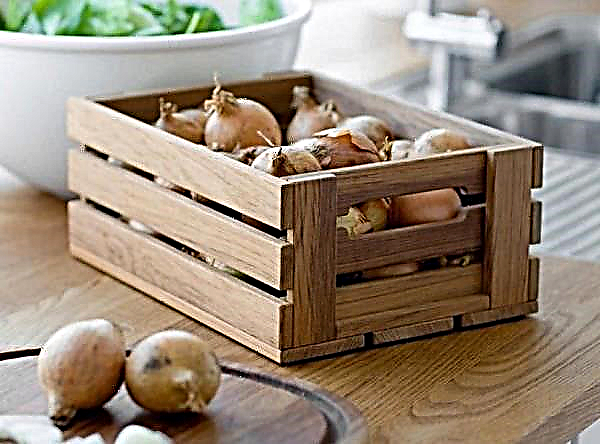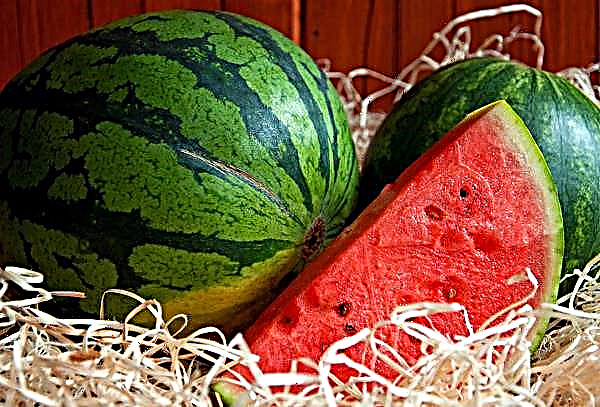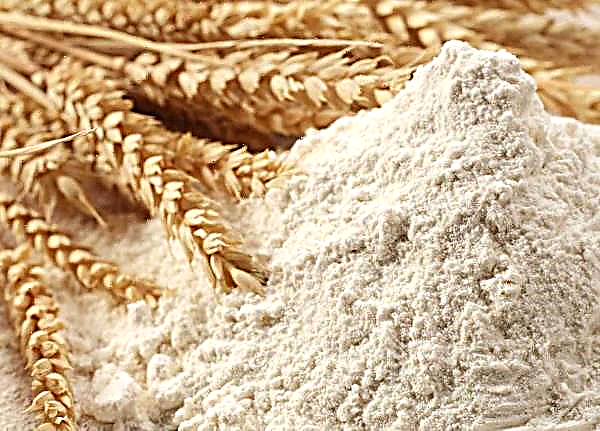When planting vegetables on a site, not every gardener thinks about what and then to plant, what to place next to it. But in vain! The quality and size of the crop depends on the correct crop rotation on the beds.
Why are crop rotation rules so important?
To get good yields, it is necessary not only to ensure that the plants have enough nutrients and not annoy the diseases and pests, but also to consider after which crops to plant. We will analyze in more detail why you need to adhere to the rules of crop rotation (alternate planting of various crops).
The main reasons:
- When one monoculture is grown, the same pests and pathogenic microorganisms accumulate in the soil, which can infect plants of the same species.
- The same vegetables absorb certain nutrients from the soil. The removal of the same trace elements from the soil greatly depletes it. But this problem can be solved by the introduction of organic and mineral fertilizers.
- If crop rotation is not observed, harmful substances from the roots of plants also accumulate in the soil. And if a crop is grown in one place for several years in a row, the concentration of toxins will be high, and will have a negative effect on planted crops.
 Adhering to the rules of crop rotation, you can improve the structure of the soil and avoid many problems in obtaining a high-quality and plentiful crop.
Adhering to the rules of crop rotation, you can improve the structure of the soil and avoid many problems in obtaining a high-quality and plentiful crop.We list what needs to be done:
- plants can be planted in the same place no earlier than 3-4 years;
- on the beds it is worth placing vegetable and fruit crops that do not have common diseases and pests with plants growing in the previous season (that is, belonging to different families);
- planting plants with powerful roots should be placed next year, in place of crops with smaller and superficial roots;
- root crops are planted at the site of the previous growth of plants in which the crop was harvested in the form of above-ground fruits and vice versa (alternating tops and roots), although there are exceptions (carrots after potatoes);
- in addition to alternation, it is necessary to take into account the neighborhood with plants growing nearby;
- it is convenient to draw a diagram of the garden plot and place plantings on it, and next year create a new one, taking into account crop rotation rules.
Important! To maintain soil fertility, green manure can be planted: phacelia, rape, mustard, rye, vetch. For the best effect, they should be dug before flowering.
The best predecessors for carrots in the open field
Although there are many tables that list the good and bad predecessors, you should rely on your own experience, make your notes and notes, since information on the Internet can be contradictory. If you are a beginner gardener, here are a few examples. Suitable precursors for carrots:
Suitable precursors for carrots:
- solanaceous (potatoes, tomatoes or physalis);
- pumpkin, cucumbers, watermelons and zucchini;
- cabbage and strawberries;
- spicy herbs (basil, savory, tarragon);
- greens (salad, spinach, chard);
- legumes, onions and garlic are also acceptable precursors.
The worst plants growing before carrots are parsley, caraway seeds and dill. These crops have a lot in common: diseases, pests and consumed substances, so it is not recommended to alternate their planting. For the same reason, celery should be excluded. The root crop is also not worth planting after beets.
What is better to plant after carrots next year?
To adhere to the rules of crop rotation, you need to know not only after which you should sow carrots, but also what to plant after this root crop. The vegetable greatly depletes the soil, for this reason, after it is desirable to plant such crops that have a superficial root system and an “above-ground” crop.
Important! Carrots can be returned to their original place no earlier than in 2-3 years.
- Such vegetables and fruits will feel good after carrots:
- solanaceous (potatoes, tomatoes, eggplant, sweet potato and physalis);
- various varieties of pepper;
- cabbage, mustard and early radish;
- legumes (peas, beans and beans);
- berry crops such as strawberries and strawberries.
- They will grow poorly after carrots:
- melons (watermelons, melons, zucchini);
- onion and garlic;
- herbs and herbs;
- celery, spinach and chard.

What can be planted next to carrots?
An important point when placing plantings in the garden is the compatibility of different plants. They can both oppress each other and support (for example, in pest control).
When choosing suitable neighbors, consider:
- plants grown on the same bed should require the same care;
- crops should not compete for the same nutrients;
- should not have common diseases and pests.
- The following cultures are considered useful partners:
- everyone knows that onions scare away a pest from a carrot plant called a carrot fly. But not everyone knows that tobacco, sage or rosemary can also handle this;
- legumes (peas and beans) make the soil loose and enrich it with nitrogen;
- you can plant greens nearby (for example, lettuce), which quickly ripens and frees up space, and immediately large leaves cover the ground and help maintain moisture;
- spinach also pritenit carrot plantings from the sun;
- Tomatoes, radishes, cabbage and radishes are also good neighbors.
- You can not place next to carrots:
- beets or horseradish that will compete;
- dill, celery and other umbellate, attracting common pests;
- it is not recommended to plant root crops near apple trees - such a neighborhood worsens the taste of the fruits of both crops.
Did you know? The Portuguese cook carrot jam and sell it to Europeans. According to the law, jam is made only from fruits, so carrots are considered to be not a vegetable, but a fruit.
What to do if there is no opportunity to alternate landings?
Today it is not a problem to purchase various fertilizers and chemicals to combat various pests and diseases of vegetable crops. There may be a desire not to be puzzled with the alternation of landings and observing the right neighborhood, but to use "chemistry" to solve all problems.
But it should be remembered that all these chemical compounds will first enter the soil, and then into the stomachs of consumers. So even with small gardens, it is better to try to at least follow the rules of crop rotation. The use of siderates may serve as some alternative. Growing green fertilizers on the site will help enrich the soil and get rid of many pathogens and pests:
Growing green fertilizers on the site will help enrich the soil and get rid of many pathogens and pests:
- mustard fights late blight and enriches the soil with humus;
- the roots of legumes (vetch and lupine) saturate the earth with nitrogen;
- rapeseed fills with phosphorus and organic matter;
- buckwheat enriches with potassium, phosphorus and nitrogen;
- phacelia lowers acidity;
- oats, marigolds and calendula destroy the nematode.
Did you know? 5.84 m long carrots were grown in Britain by farmer Joe Atherton. She broke all records in length, but most of her — thin ponytail.
We hope that the tips from our article will help you in practice increase carrot yields and improve their quality without the use of great effort and cost. Have a nice and tasty harvest!

